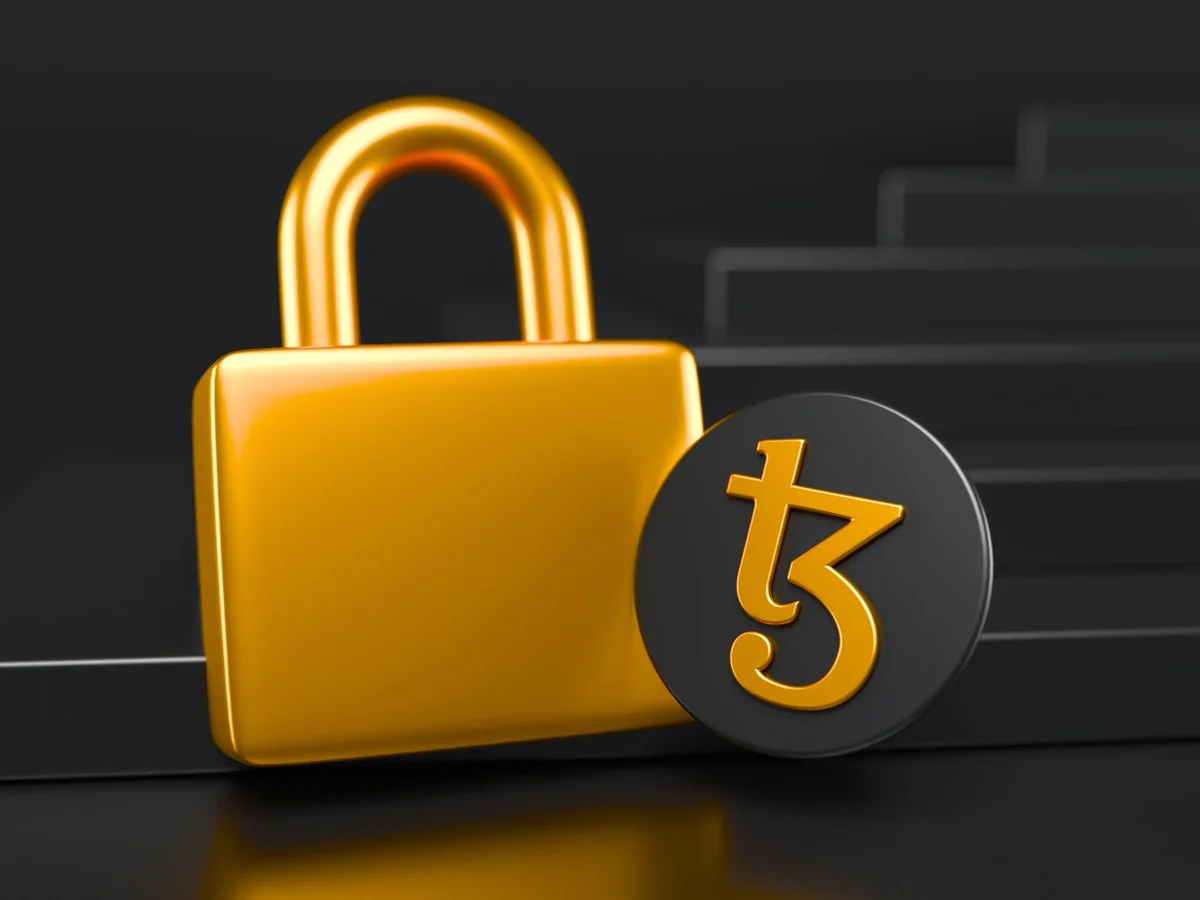Most Typical Bitcoin Scams and How to Avoid Them
Eighty-two million dollars, or ten times more than the prior report, was lost on cryptocurrency. As a result, crypto traders and investors must be aware of their risks in light of the recent spike in bitcoin scams.
Here are a few of the typical bitcoin scams you might run into.
Fake Websites
They are one of the primary methods scammers use to escape with your cryptocurrency. Scammers will create a fake website that closely resembles real websites. Nearly all legitimate websites contain branding, a domain, and other elements.
Only if you have a sharp eye for details, will you be able to distinguish between fake websites like this.
Email scams
Global email usage will finally exceed 4 billion users in 2020, which is more than half of the worldwide population. Consequently, it has become a crucial method for con artists to contact potential victims.
Like with webpages, con artists will produce plausible spoof emails. Emails resemble the original in so many ways. Always go one step further to validate a company’s validity to prevent falling for these con games. How do you go about doing this? Look for anything fishy in the email, or directly get in touch with a reliable company to ask questions.
Scams on Social Media
Social media is becoming a sanctuary for Bitcoin scams as more individuals become victims each year. So if you come across an SMS or a social media post, don’t respond. Any tweet or text that requests cryptocurrency is just a giant hoax, ready to pounce on you.
They can also come from your closest online friend or your favorite star. These accounts can be fake or even both impersonators.
Fake crypto Apps
Scammers usually produce fake cryptocurrency apps. Using cryptocurrency apps will enable you to make substantial money. Some of these apps are available in the Apple store as well as the Google Play store.
If you find these apps, report them directly to the relevant parties. Also, take your time and thoroughly read the reviews before eagerly downloading an app from any store.
Extortion Scams
Bitcoin scammers will frequently get in touch with you and try to use compromising personal information like texts, videos, images, or information from the internet to coerce you. They are also called extortion scams.
Giving Scams
You’ll frequently see celebrities or highly followed accounts running giveaways on most social media networks. Unfortunately, scammers have started to capitalize on this trend after noticing it.
These giveaways will serve as bait for the con artists’ eventual trap. When you reply to these offers, they will want you to send them some cryptocurrency so they can confirm your address. And following the verification, they’ll pledge to give you even more. But once you’ve sent your cryptocurrency, you gradually realize that a giveaway scam has duped you.
Technical Support Impersonation Scams
They involve con artists who pose as technical support representatives for cryptocurrency traders and investors. They will pretend to be customer service from your preferred cryptocurrency company. The con artists will attempt to take advantage of you, as they do in most frauds. However, they’re promising to have the most excellent answers to your crypto problem this time.
Investment scams
These frauds are all about investing, as the name would suggest. The false investment presentations that con artists develop will direct you to their fake cryptocurrency websites. They will encourage you to support them and try to sell you their “lucrative prospect.”
How to avoid it?
You are now aware of a few bitcoin scams and thefts. But how can a trader or investor in bitcoin avoid becoming a victim of these situations?
Here are some essential security steps you can immediately put into place on your own to protect your bitcoin.
Keep your cryptocurrency in a cold wallet.
We know a hardware wallet that stores cryptocurrency completely offline as a “cold wallet.” These wallets typically take the shape of USB drives.
Then again, why are cold wallets so safe? Cold wallets store bitcoin entirely offline, as opposed to hot wallets, making them less vulnerable to hacks. Select an encrypted cold wallet when making your selection. They make your bitcoin even safer.
Keep your cryptocurrency in several wallets.
Like the proverb “Don’t put all your eggs in one basket,” you can set up as many wallets as you like to expand your portfolio, with no cap on the total you can have.
Due to the increase in bitcoin scams, having two or more wallets will increase your security. Use one wallet for regular transactions and the other(s) to protect your cryptocurrency assets. The others will help you prepare for impact if one of your wallets is impacted.
Use multiple strong passwords.
Never make use of the same identications across many accounts. According to U.S. research, more than 70% of millennials use the same password for most of their accounts. If they compromise the security of one account, the others become open to intrusions.
Security experts recommend securing crypto accounts using a solid and established system. Use a different, safe password for each account to further protect your cryptocurrency. You can use a trustworthy password manager if managing multiple passwords is too much of a burden.
Keep your private key to yourself.
Describe the private key. It’s a key used to verify that the owners of the crypto wallets being exchanged are the ones they claim to be. Keep your private key secret to prevent scammers from accessing your cryptocurrency.
Conclusion:
Bitcoin Scam Recovery is a means of recouping lost bitcoins from phony brokers. They aid investors in locating and recovering lost money, electronic wallets, and stolen cryptocurrency. Due to increasing demand and value, the price of bitcoin has surpassed that of gold. Sadly, there has also been an uptick in bitcoin fraud and theft.




